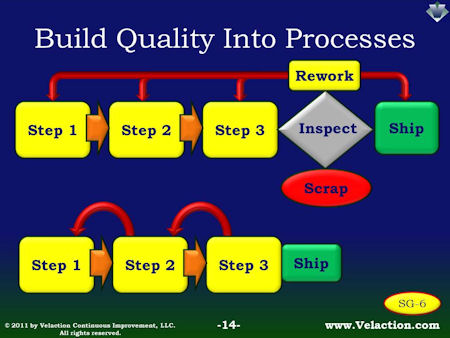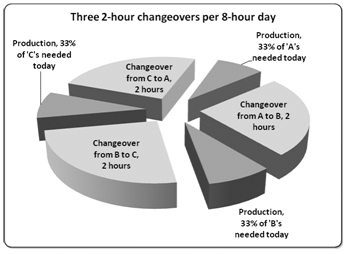Value the Customer: That Didn’t Seem Faster…
So today I went to the bank to put something in my safe deposit box. While I was there, I was given a refresher course on how to value the customer. Unfortunately, my lesson came from observing a poor example. In the past, I needed to show ID and sign in Read more…


